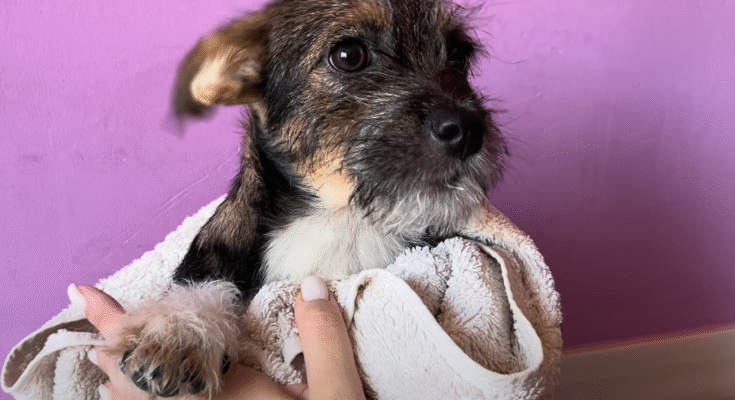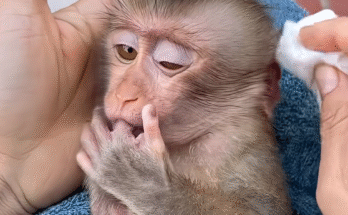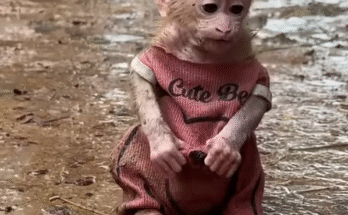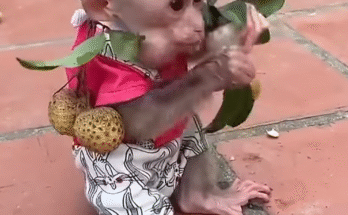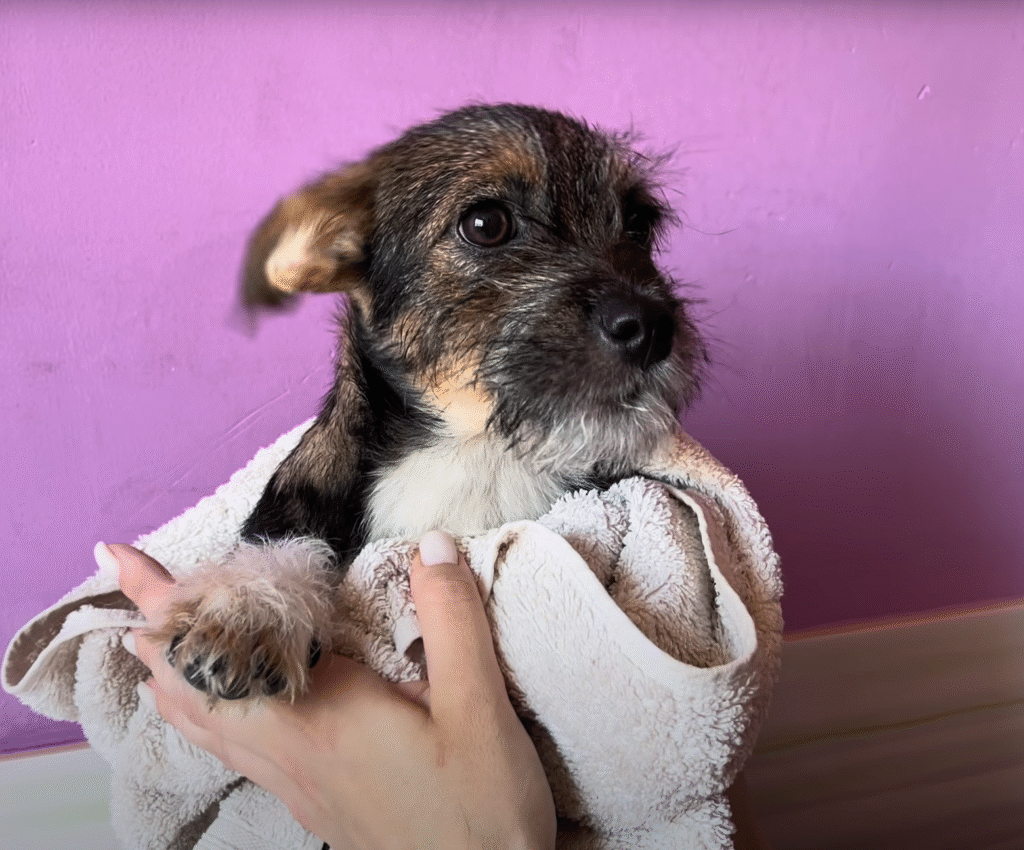
Abandonment is one of the cruelest experiences any animal can endure. For puppies, who depend entirely on their mother and human caregivers for warmth, food, and security, being left behind is not only heartbreaking but also terrifying. When a young dog is abandoned, it can quickly lose trust in humans. Tiny, scared puppies often tremble at the mere sight of a person, associating every step, sound, or hand reaching toward them with danger. Yet, with patience, love, and the right approach, these vulnerable souls can be guided out of their fear and shown that humans can be kind, gentle, and protective.
This story isn’t just about animals—it’s about healing, trust, and resilience. It reminds us that even the smallest creatures, when given compassion, can find the courage to love again.
The Trauma of Abandonment
Imagine being a tiny puppy, barely old enough to open your eyes, and suddenly the familiar comfort of a mother or caretaker is gone. No food. No shelter. No gentle touch. Instead, only cold ground, strange noises, and emptiness surround you. Puppies abandoned at such a stage often go through deep psychological trauma.
The fear they display isn’t simply shyness—it’s survival. They’ve learned that the world is unsafe. A hand approaching might mean harm. A loud voice could mean danger. Even something as simple as a human’s shadow can send them hiding. Their tiny hearts race, and they instinctively curl up against walls, corners, or each other, trying to disappear.
For rescuers and foster caregivers, this stage is one of the hardest. But it’s also one of the most rewarding when progress begins.
First Steps: Creating Safety
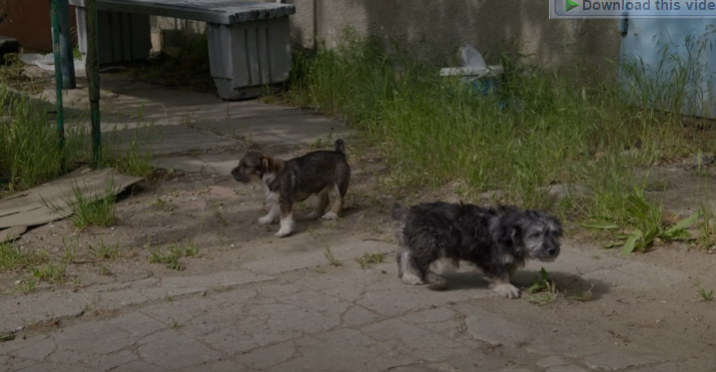
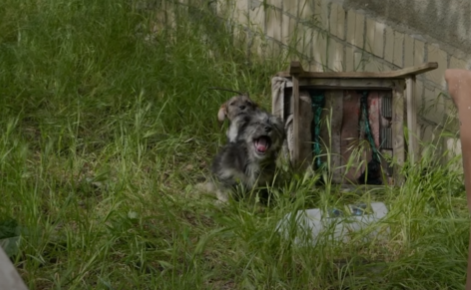
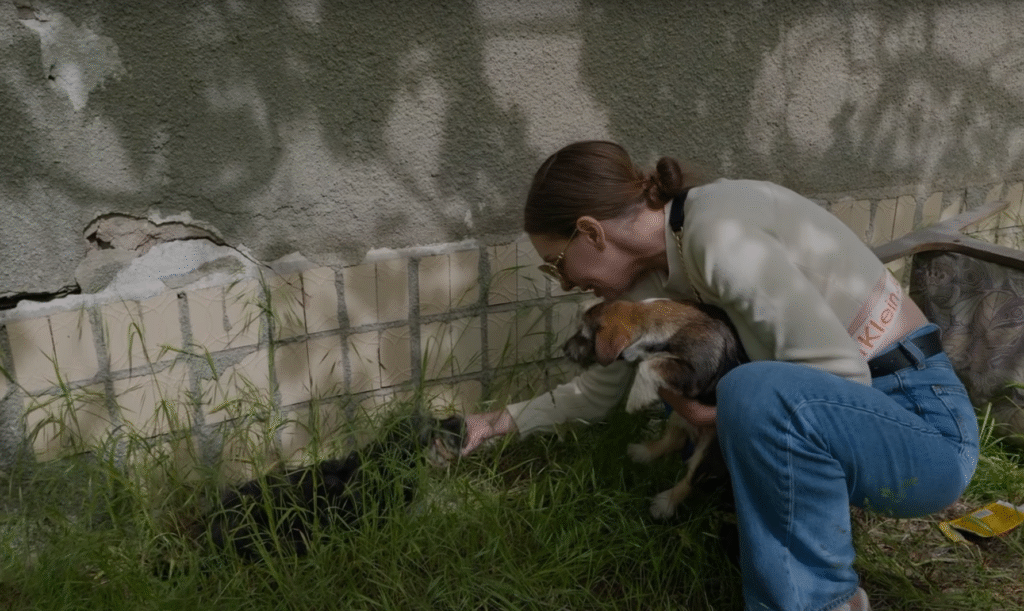
The very first step in helping abandoned puppies is to create an environment where they feel safe. Safety is the foundation of trust. Without it, no amount of affection or training will matter.
Rescuers often start by preparing a warm, quiet, and enclosed space for the puppies. Blankets or soft bedding replicate the comfort of a mother’s fur. A small crate or playpen helps them feel secure rather than overwhelmed by a big, strange room. Gentle background music or a ticking clock can mimic the sound of a heartbeat, calming them further.
At this stage, it’s important not to rush. The puppies need time to observe their new surroundings and realize they are no longer in danger. Human presence should be calm and quiet—no sudden movements, no grabbing, and no loud talking. Sometimes, simply sitting nearby and letting the puppies see and smell a person without interference is enough to begin building trust.
The Power of Patience
Many people underestimate how much patience it takes to help abandoned animals. A scared puppy doesn’t recover overnight. Days, weeks, or even months may pass before they start wagging their tails freely.
Caregivers must learn to move slowly, speak softly, and let the puppies set the pace. Some puppies may take food from a hand within a few days; others might hide in a corner for weeks before daring to step closer. Each milestone, no matter how small, is a victory worth celebrating.
One powerful method is the “sit and wait” approach. Instead of forcing interaction, the caregiver simply sits on the floor with treats nearby and lets the puppies approach when ready. This gives them control and teaches them that humans are not threats.
Gentle Socialization
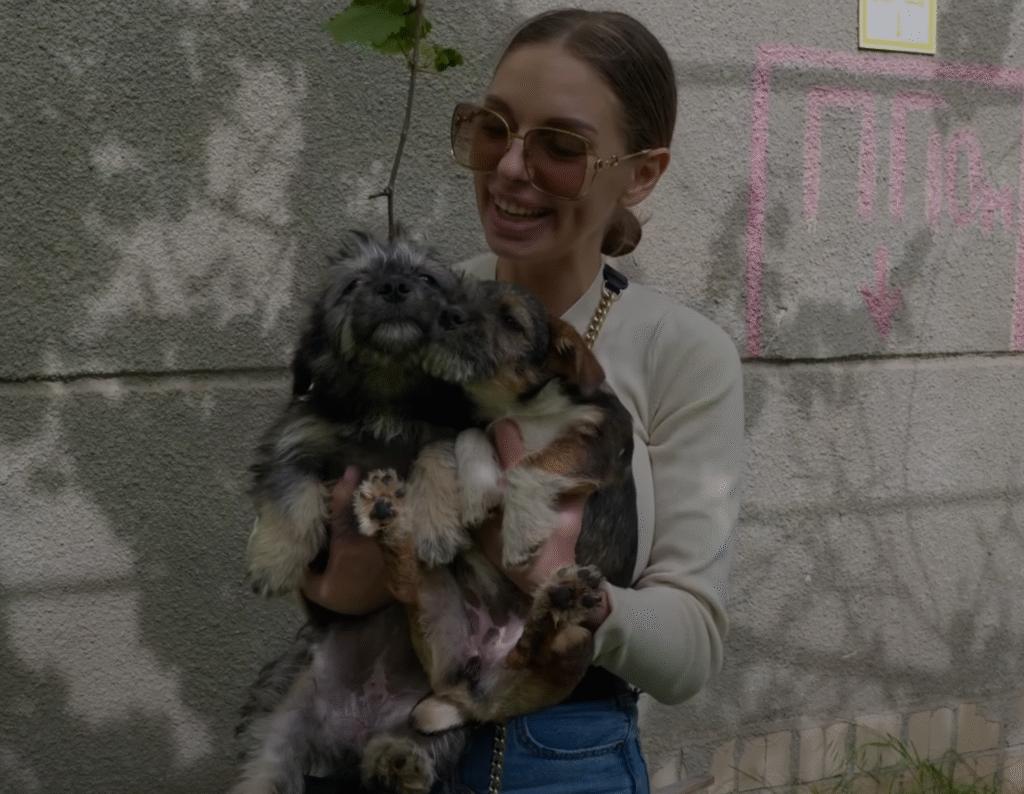
Once the puppies begin to trust, gentle socialization becomes essential. Socialization means helping them get used to different sights, sounds, and experiences while keeping the process positive.
For abandoned puppies, socialization has two main goals:
- Building confidence so they are not paralyzed by fear in new situations.
- Forming positive associations with humans and daily life.
This may start with short play sessions, introducing toys, or letting them sniff a human’s hand before a gentle pet. Later, it might involve short walks, meeting friendly adult dogs, or hearing common household noises like the vacuum cleaner.
The key is to keep everything gradual. If a puppy shows signs of fear—tucking its tail, hiding, or trembling—it’s important to slow down and give them time. Each positive experience rewires their brain, replacing fear with curiosity and trust.
The Role of Food and Touch
Food is one of the greatest tools in gaining a scared puppy’s trust. Hand-feeding treats can help them see humans as providers rather than threats. Soft, smelly treats like small pieces of chicken or cheese work best in the early stages.
Once the puppies are comfortable eating near a person, gentle touch can begin. The first touch might just be a finger brushing against their fur for a second. Over time, this can progress to soft petting, scratching under the chin, and eventually cuddling. Touch is powerful because it releases oxytocin—often called the “love hormone”—in both humans and dogs, strengthening the bond between them.
Overcoming Specific Fears
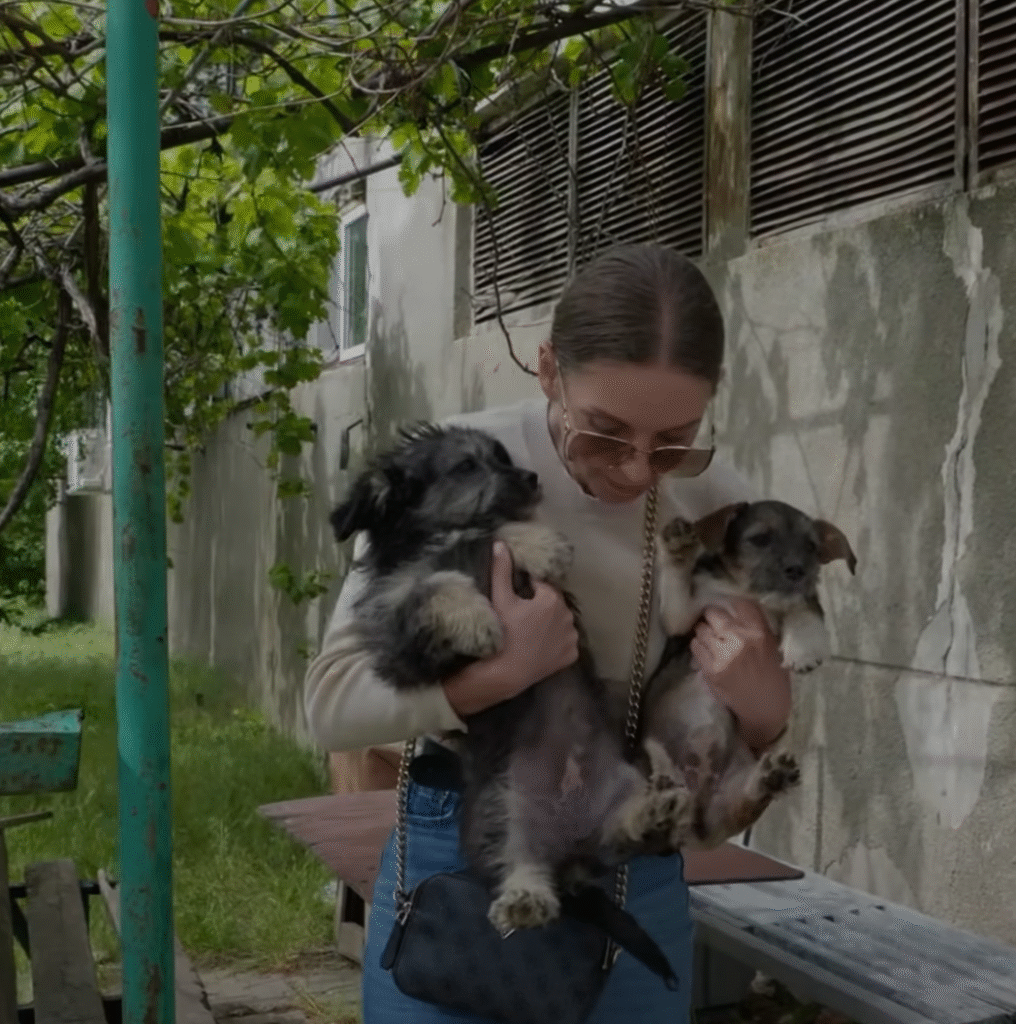
Each puppy is unique, and their fears may manifest differently. Some may cower from hands, others may freeze when picked up, and some may bark or growl out of fear. Caregivers need to pay attention to these signals and work through them with gentle training.
For example:
- Fear of being picked up: Start with brief, calm lifts while offering treats, then gradually extend the time.
- Fear of men or certain voices: Introduce them to different people slowly, making sure each interaction is calm and rewarding.
- Fear of being left alone: Use short practice sessions where the caregiver leaves and returns, teaching the puppy that absence is not abandonment.
Step by step, these fears can be replaced with trust.
The Healing Power of Love
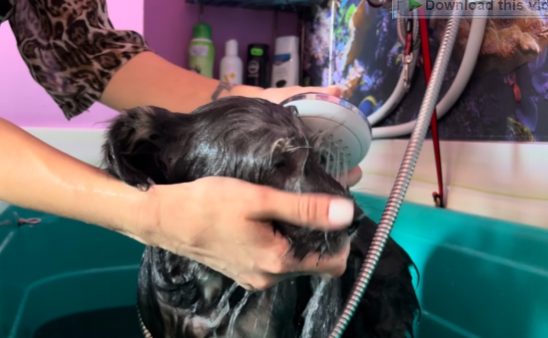
Love is the most powerful medicine for abandoned puppies. It isn’t just about providing food or shelter—it’s about showing them kindness, gentleness, and consistency. Puppies who once trembled in the corner can learn to wag their tails, run into arms, and even shower kisses on the very humans they once feared.
The transformation is remarkable. Their eyes, once full of fear, begin to sparkle with joy. Their bodies, once tense and rigid, become playful and bouncy. Each rescued puppy that heals becomes living proof that love can rewrite even the most painful beginnings.
Why This Matters
Helping scared, abandoned puppies isn’t just about saving individual dogs. It’s about creating a more compassionate world. Every person who chooses to rescue instead of ignore, who chooses kindness over cruelty, is making a difference.
When we help a frightened animal learn to trust again, we are not only healing their wounds—we are also healing a piece of ourselves. We are reminded of the importance of patience, empathy, and unconditional love.
A Hopeful Future
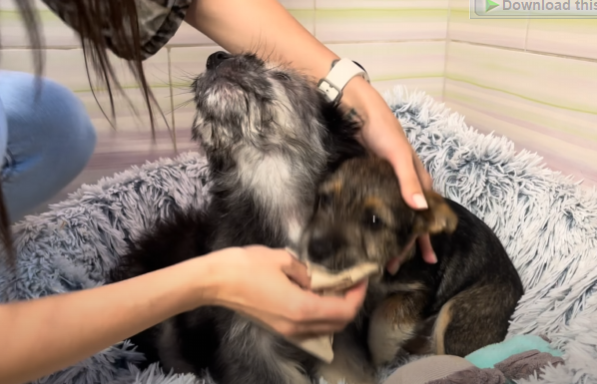
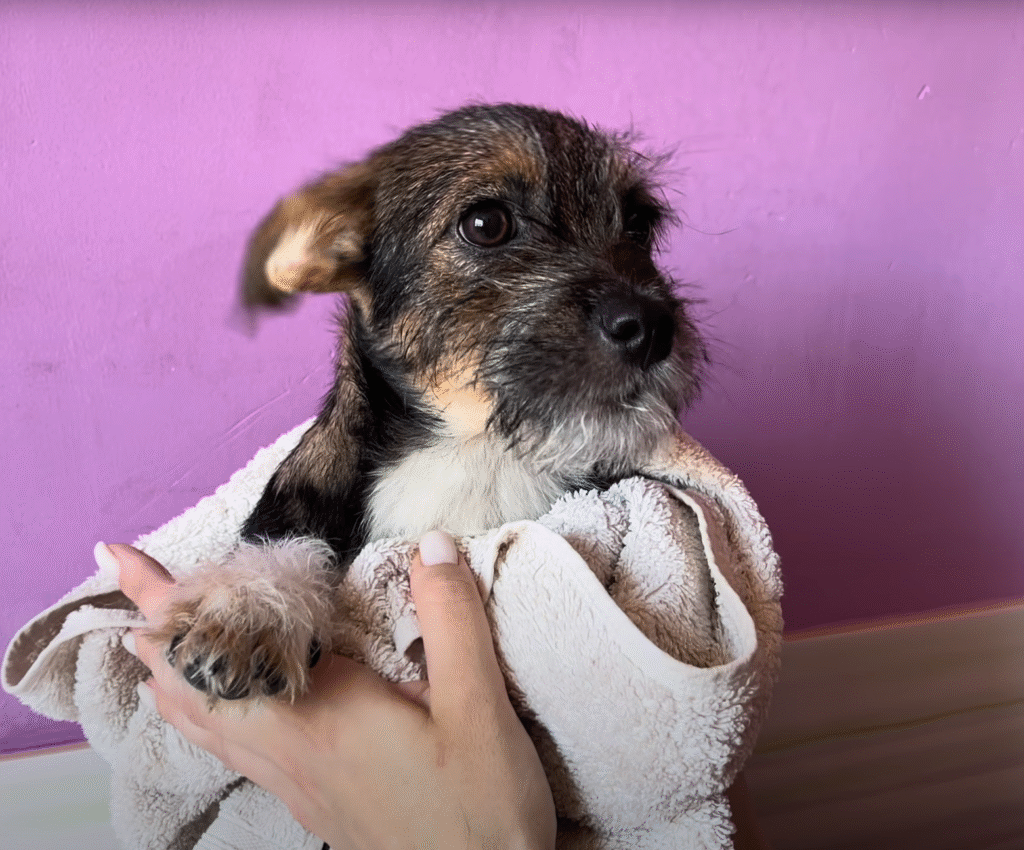
In time, these once-abandoned puppies can grow into loyal, loving companions. Many go on to be adopted into forever homes where they bring endless joy to families. Their journeys from fear to trust inspire everyone who witnesses them.
Though the scars of abandonment may never fully disappear, they no longer define the puppies. Instead, their resilience, courage, and ability to love despite hardship become their story.
And for every tiny, scared puppy who learns to wag its tail again, the world becomes just a little bit brighter.
